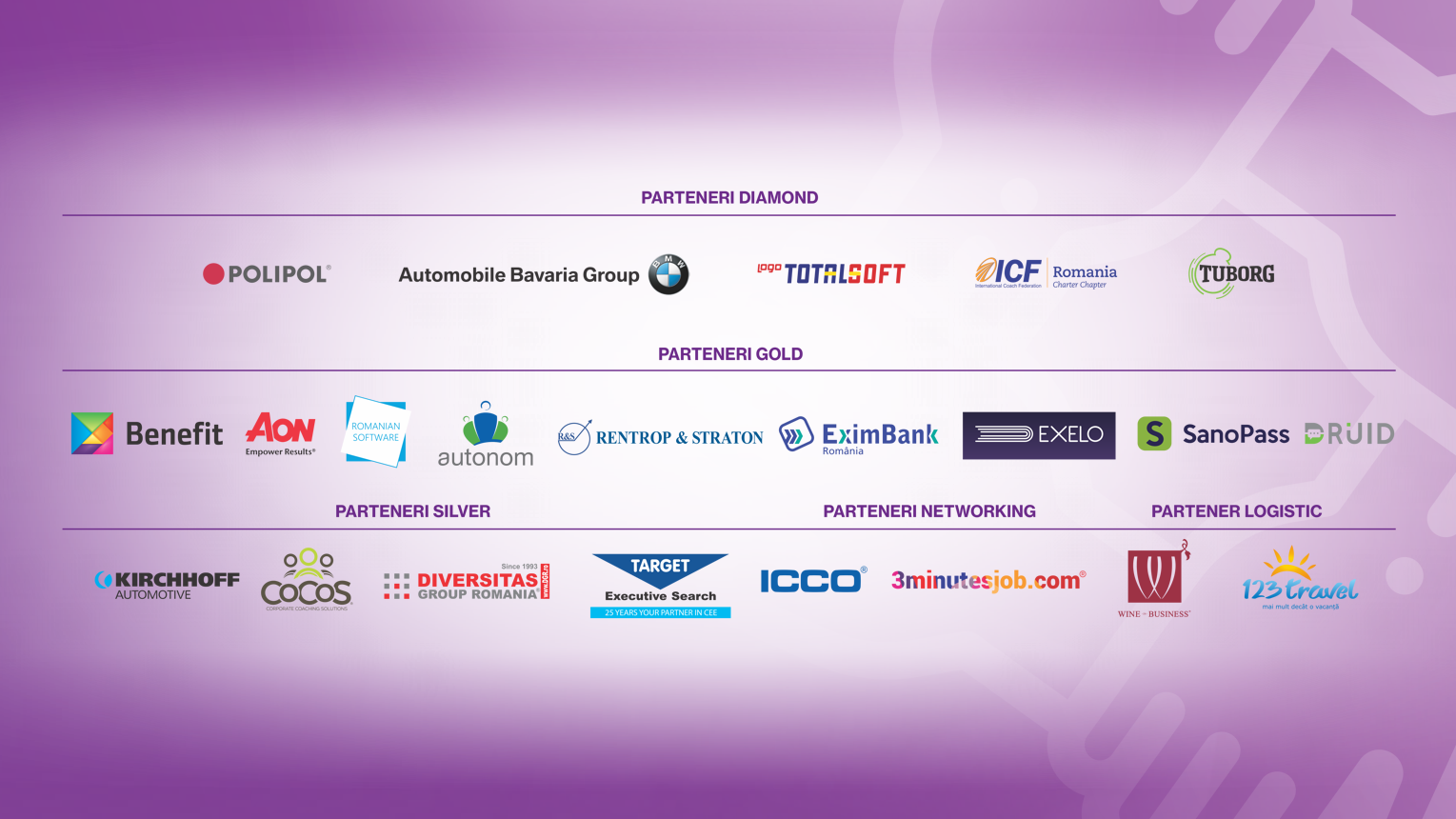Forging the Perfect Productivity Workflow for You
The average person has 70,000 thoughts each day, and if you don’t learn to organise them, they have the potential to destroy your productivity.
When you allow the flurry of thoughts to run through your head, your mind becomes disorganised, and the more you ponder on intrusive thoughts, the more power you give them.
In a recent study conducted at the National Institute, in the United States, it was found that allowing your mind to be disorganised doesn’t just feel bad, it’s also actually bad for you. A disorganised mind leads to high stress, chronic negativity and impulsivity. These states inhibit productivity and contribute to a plethora of health problems such as weight gain, heart disease, sleep problems and migraine headaches just to name a few. Edward Hallowell, a therapist who helps people deal with their disorganised minds, describes the process that goes on inside this type of mind: “He makes impulsive judgments, angrily rushing to bring closure. He is robbed of his flexibility, his sense of humour, and his ability to deal with the unknown. He forgets the big picture and the goals and values he stands for. He loses his creativity and his ability to change plans.”
On the other hand, an organised mind simply falls into a state of flow. Flow is a state of balance where you really feel that you are immersed in your work, completely free from distractions. Recent research has shown that people working in a state of flow are five times more productive than the rest.
Step 1: Take Control Of Your Emotions
While it’s impossible to control how things make you feel, you have complete control over how you react to your emotions. First, you need to be honest with yourself about what you are feeling and why you are feeling it. From that point on, it is much easier to channel the emotion into producing the behaviour that you want. The key is to identify and label your emotions as you experience them. Associating words with what you are feeling makes the emotion tangible and less mysterious. This helps you relax, figure out what is behind your emotion and move forward.
Step 2: Sustain Your Focus
We all know that frustrating feeling of sitting down to tackle something important, only to quickly lose focus when we expected to dive right into the task. It takes time for your mind to become fully absorbed in an activity. Studies have shown that it takes five to 20 minutes before people start to focus. If you can force yourself to persist in the activity in spite of any distractions for 20 minutes, the chances are much higher that you will be able to sustain your focus and find a state of flow. The best way to do this is to put away or turn off all of your typical distractions (phones, email, social media), then keep an eye on the clock until you’ve done nothing but your task for a good 20 minutes, even if you aren’t getting much done.
Step 3: Take Breaks
Our brains and bodies simply aren’t wired for prolonged periods of work. While it might seem as though sitting at your desk for eight hours straight is the best way to get all of your work done, this can work against you. Research has shown that the most productive work cycle tends to be 52 minutes of uninterrupted work, followed by 17-minute breaks. While it probably isn’t realistic to structure your schedule this rigidly, for most people, the battle is won by just remembering to take breaks. Just be certain to pepper several short breaks throughout your day.
Step 4: Shift Sets
Once you’ve taken a break, you must shift your focus back to your task. No matter how ‘in the zone’ you were before taking a break, you’ll sometimes find that you’re back to square one when it comes to focusing. To do a proper set shift, you have to reorganise your thoughts by following steps one through four above, especially if you’re having trouble diving back into the task. You’ll discover that getting back into flow quickly after a break is very doable, but it must be done purposefully.
Remember that ‘flow friendly’ environments are not just a matter of mindful team management. Remember to exercise the state of being immersed in a given activity to improve your productivity and general well-being.
Want to get more inventive and satisfied with your work? Get engaged in things you like, meditate and train your ability to focus. Stay mentally active – sitting in front of the TV may not be the best start. Last and foremost, learn how to prioritise, even if you plan your activities outside the working hours.
There is a real value in providing companies with the tools to carry out regular organisational assessments and this is where Great People Inside comes to your aid. Our online platform offers the best solutions and tools for your company to thrive in every type of industry and any possible situation your organisation may find itself. In terms of lowering your employee turnover rates, we recommend our GR8 Full Spectrum assessment for hiring and 360° Survey for retention. Finding the right talent, the best fit for the job and your organisation can be a very challenging task. It requires deep knowledge of your own organisation’s culture and a keen understanding of the candidate’s personality, strengths, interests, work style and other characteristics. Our technology and solutions will do the work for you, helping you find employees who can flourish and reach the highest performance required to constantly bring your company forward.
Request a free demo:
Sources:
https://hbr.org/2020/01/create-a-productivity-workflow-that-works-for-you
https://www.forbes.com/sites/travisbradberry/2016/04/19/5-ways-to-experience-flow-and-get-crazy-productive/#6b413b474e70
https://www.getresponse.com/blog/go-with-the-flow-and-pump-up-your-creative-productivity




